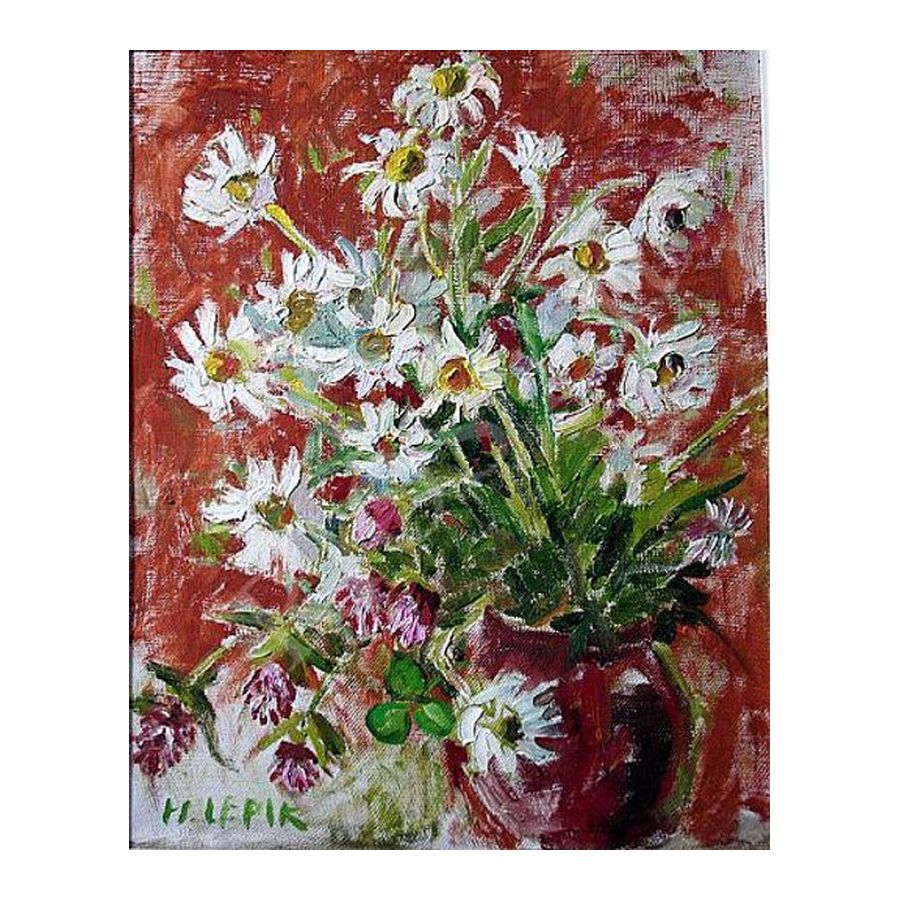Hugo Lepik (1905 – 2001)

Born on November 9, 1905, in Jõhvi, Hugo Lepik embarked on his educational journey there between 1914 and 1916, subsequently attending Erra-Liiva elementary school and Jõhvi gymnasium from 1920 to 1923. As a budding artist, he pursued higher education at the State College of Arts and Crafts, earning a degree in graphics and lithography in 1929 under the mentorship of G. Reindorf.
Post-graduation, 1929 saw Hugo Lepik stepping into the professional world. G. Reindorf’s support led him to a position as a drawing teacher at the State School of Industrial Art and subsequently to founding a workshop for lithography and zincography in 1932. His thirst for knowledge and skills took him to Italy in 1937, Finland in 1938, and eventually Canada. By 1935, he had already enhanced his credentials by completing his studies at the Higher School of Graphics in Berlin as a scholar of the Ministry of Education.
Hugo Lepik’s professional contributions are noteworthy, particularly in the realm of book graphics. His designs adorned various magazines, such as the cover art for Sõdur (1929 and 1933), Kaitse Kodu! (1929), and Taluperenaine (1939). A recurring element in his work was the elegant vignettes, especially for the magazine “Waramu” in 1938. These vignettes often featured nature motifs. One particular piece for the magazine Eesti Noorus in 1938 showcased an antique font paired with an ethnographic floral ornament, reflecting the design sensibilities of his era and education.
While graphics remained his forte, Hugo Lepik was also deeply passionate about painting. His painting style seamlessly blends realism with a distinct, clear sensitivity, which resonates with the teachings of the School of Art and Industry. His artwork predominantly features realistic landscapes, capturing the picturesque coasts of Estonia, Sweden, and Norway. He also dabbled in still lifes, portraits, and various graphic designs. Despite his profound contributions, detailed knowledge about Hugo Lepik’s works remains limited, though he held significant influence in both pre-war and overseas Estonian art.
In a twist of fate, the year 1944 compelled Hugo Lepik to seek refuge in Sweden, eventually making Gothenburg his home.




